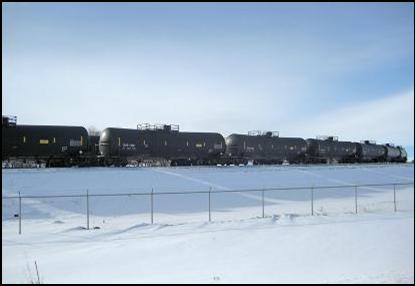













|
Buying or Selling Victoria? Call Nan Emmer. 612-702-2020 |


|
Lori Treff * Chaska * 952-368-4440 |

|
Weinzierl Jewelers |
|
Waconia 952-442-2885 |

|
Headlines and bylines |
|
Front Page Feature Story |
|
From the Editor |
|
Addie’s Drawing |
|
Letters to the Editor |
|
Victoria Moments |
|
Hook Line & Sinker |
|
Calendar of Events |
|
Click here to Advertise |
|
the Gazette |
|
Return to Home Page |
|
Order paper Gazette |
|
Notes and Quotes |
|
The Scoop at City Hall |
|
CORNERSTONE INSURANCE AGENCY INC. David Barsness, CPCU Chaska 952-448-5028 |
|
Sue’s Album A symphony of photos and fewer than a thousand words at www.VictoriaGazette.com. |

|
The Oil Patch Continued |
|
Dedicated to the sunshine of truth, the moonshine of meeting deadlines, and the starshine of Victoria. |

|
Victoria Bar & Grill Home of the Blue Dog 952-443-2542 |
|
When will it all be fixed and back to normal? “In about three months.” That evening, when we told the guys what we had learned, Allan said that since the cap was shot off with natural gas, it’d be like a bullet. Why would there be an ice chunk in a natural gas pipe? Chris explained that in the process of constructing and installing the pipe system from the wells to the gathering station, and then working the pipes with a pig, it’s possible that the pig missed something in a low lying area -- metal or other debris -- which could have accumulated moisture that may have been in the system and then, in the subzero deep freeze we’ve all been experiencing, the moisture froze and turned into the bullet. Allan the engineer further explained that the pipes are filled with water to pressure test them, and then a pig is used to push the water out, along with any debris. The pig of which they speak is not the four-legged variety, of course, but it does have a round elongated belly. Chris retrieved a small three-inch diameter pig from a drawer in his home office to show us. The snout is pointed, not flat, and the body is like a rubber lake buoy in shape and texture. Forcing a snug fitting pig through a pipe would be like blowing a spitball through a straw. Here in Victoria last summer, a pig was mounted with a camera and used to detect flaws in our sewer pipe system that needed repair. It has been said that winter brings out the worst in everything. Seems true enough. On our highway system, winter brings crashes and hazardous driving conditions. On our electrical system, winter brings freezing ice and power outages. On our train system, winter brings frozen switches and hours of delay in arrival and departure times. On our airline system, winter brings cancelled flights and lengthy layovers. On our oil pipeline system, winter brings explosions and accidents. Said Chris, “It’s amazing only the number of accidents that occur, or have occurred, considering we’re pushing a million barrels a day out of the Bakken.” There are now 973,045 barrels of oil per day being produced by Bakken wells. Chris said a celebration is being planned in Tioga for when it hits the million barrel milestone. The party is scheduled for June 25th, 2014. Today there are 9,000 oil wells in service in the Bakken. At full development, the projection is 50,000 wells. *** What is the Bakken? I’ve learned, through several sources, that the Bakken is a World Class Oil Patch. The Bakken is a layer of shale rock that contains oil. Originally it was difficult to recover that oil but new technology uses horizontal drilling and fracturing which makes it less difficult to recover the oil. Fracturing the shale frees the oil in it by cracking the rock with high pressure water, sand, and salt. Fracturing, which is also called “fracking,” has picked up negative connotations because of inaccurate and incomplete information, some of it seemingly purposely deceptive. That deception has been used against the Oil Patch by environmental extremists who’d rather have us burn dung than oil. Even our beloved Pope Francis has been used as a pawn by fracking extremists and other radicals who rather dislike humanity in general. Fracking occurs, at least in the Oil Patch of Tioga, two miles below the surface. At that depth, fracking does not affect drinking water nor pollute the air.
|
|
The Victoria GAZETTE |
|
March 2014 |


|
Oil tankers wait in line at the Rail Loading Export Facility just outside Tioga, a couple miles from Jenny's home. Semi-trucks bring crude oil from the wells to this rail facility to load up the empty tankers which haul the oil to refineries on the East Coast, the West Coast, Oklahoma, and Canada. Chris said there are 110 oil tank cars per train. Each tanker holds 27,000 gallons of Bakken crude oil. |